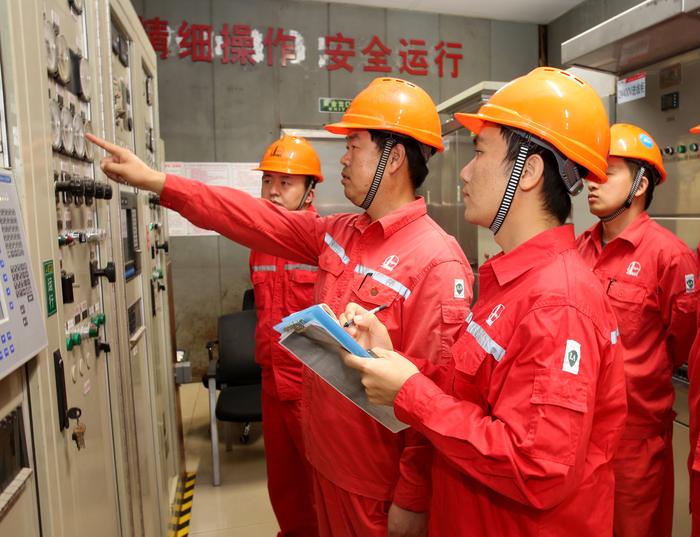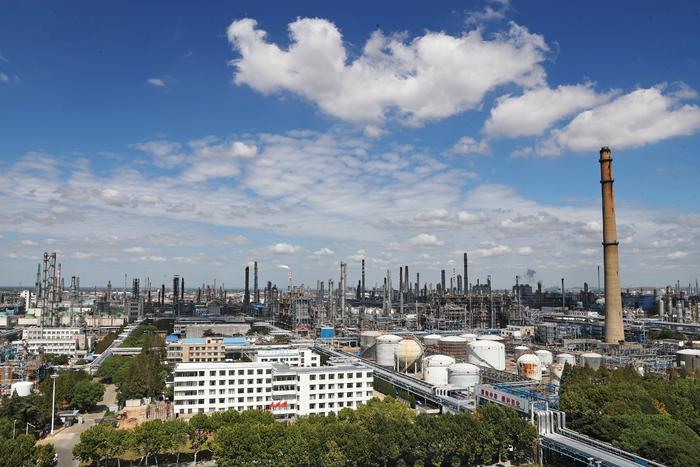|
| 2019-11-01 来源: 中国石化新闻网 |
| 石化新闻 |
|
中国石化新闻网讯 据海事新闻10月31日消息称,雷斯塔能源公司(Rystad Energy)的一项新研究显示,国际勘探与生产(E&P)正努力从最近的投资回升期间进行的离岸投资中获利。 雷斯塔能源公司对自2010年以来批准的所有海上油田进行了评估,并根据各种油价情景下的每桶石油估计价值对它们进行了排名。投资回报率(RoI)数据没有达到要求。 报告称,在2010年至2014年的强劲投资周期中,批准项目创下历史新高,当时能源公司达成了对海上油田的最终投资决定,总资源近400亿桶油当量。 在2011年,获批的石油量达到了1320万桶油当量,当时油价超过100美元。在2016年,从海上油田获得的获批量下降至60万桶油当量的最新低点。在过去的两年中,批准数量的趋势逐渐增强。 根据该报告,2010年至2012年间批准的离岸项目几乎无法为勘探与生产公司创造任何价值。 2013年至2014年批准的项目预计不会产生任何价值创造。报告称,上游企业要想在投资期内不出现巨额亏损,油价必须升至每桶70美元左右。 与此同时,我们认为,即使未来油价仅为每桶40美元,在2015年至2018年期间批准的项目将创造价值。 Erlingsen指出:“2010年至2014年批准的项目难以创造价值的原因主要与成本结构有关。这些油田是在油价高于每桶100美元、批准活动处于创纪录高位时获得批准的。这两个因素导致勘探开发行业的成本上升,从而推高了每个油当量的开发成本。” 2015年模式转变的关键驱动力与离岸行业的成本水平有关。降低成本的主要原因是行业内装置设备价格的降低(如钻机价格)、新项目的重新设计和简化、一些关键离岸地区(如英国、挪威和巴西)本币的贬值以及效率的提高。 曹海斌 摘译自 海事新闻 原文如下: E&P Companies Struggle on RoI International exploration & production (E&P) are struggling to make money from offshore investments made during the latest investment upturn, according to a new study by Rystad Energy. Rystad Energy has evaluated all offshore oil fields sanctioned since 2010 and ranked them by estimated value per barrel of oil (boe) under various oil price scenarios. The return on investment (RoI) figures were not up to the mark. The sanctioning activity was record-high during the strong investment cycle from 2010 to 2014, when energy companies reached final investment decisions on offshore oil fields collectively representing close to 40 billion boe of total resources, said the report. The amount of sanctioned volumes peaked at 13.2 million boe in 2011 at the height of $100-plus oil prices, before nose-diving to a new nadir of just 0.6 million boe sanctioned from offshore oil fields in 2016. Over the last two years, the trend of sanction volumes has ticked up. According to the report, offshore projects sanctioned between 2010 and 2012 have barely been able to generate any value for E&P companies. Projects sanctioned between 2013 and 2014 are expected to have no value creation. For upstream companies to come out those investment years without massive losses, the oil price will need to increase to around $70 per barrel, it said. At the same time, we see that the value creation is positive for sanctioning between 2015 and 2018, even when applying a future oil price of only $40 per barrel. The reason why the projects sanctioned between 2010 and 2014 are struggling to create value relates primarily to the cost structure. These fields were approved when oil prices were above $100 per barrel, and sanctioning activity was at a record high. These two elements led to an increase in costs within the E&P industry, which drove up the development cost per boe,” Erlingsen observed. The key driver for the 2015 paradigm shift relates to cost levels for the offshore industry. The main reasons for the cost reductions are lower unit prices within the industry (like rig rates), redesign and simplification of new projects, a weaker local currency for some key offshore regions (such as the UK, Norway, and Brazil) and efficiency gains.
|








